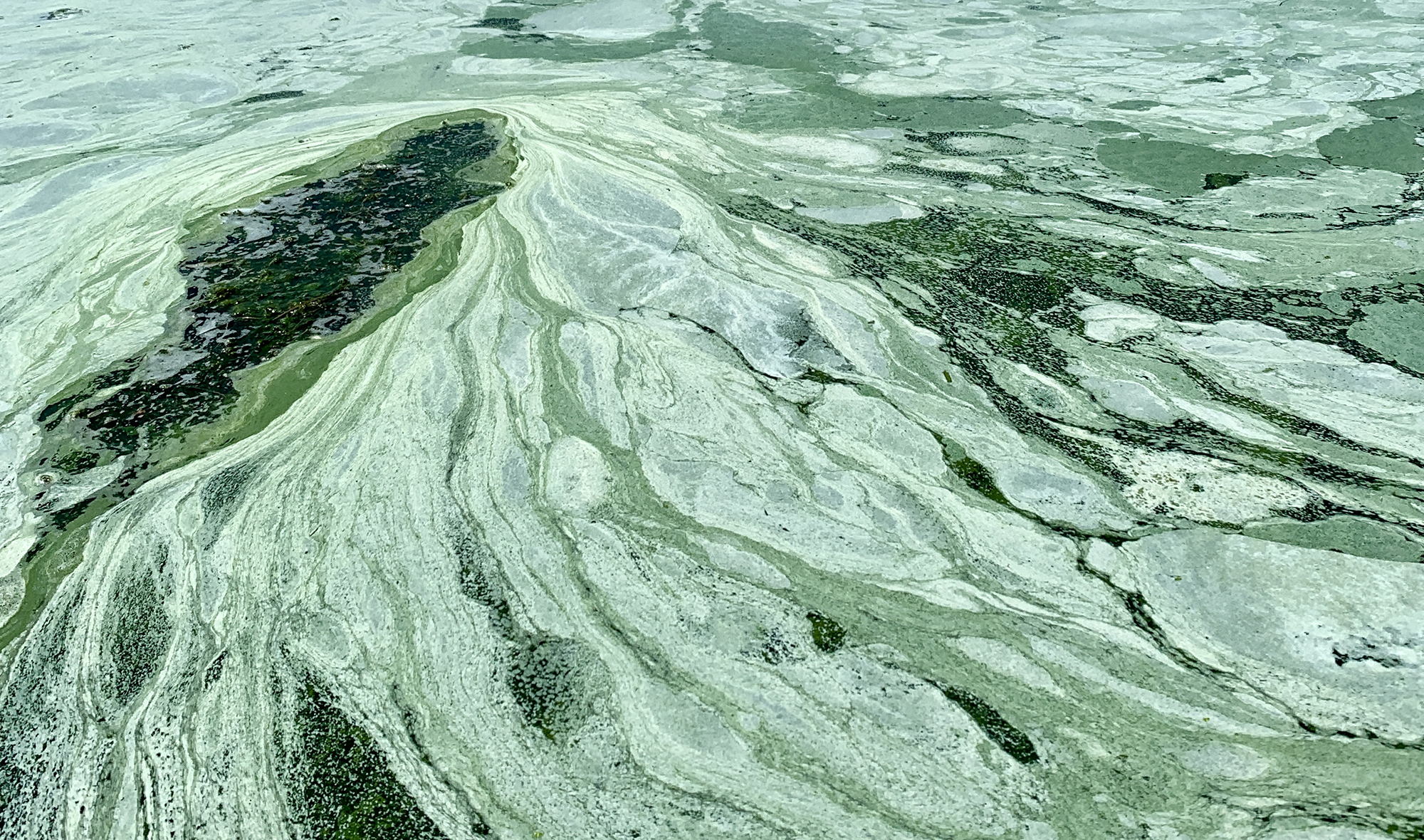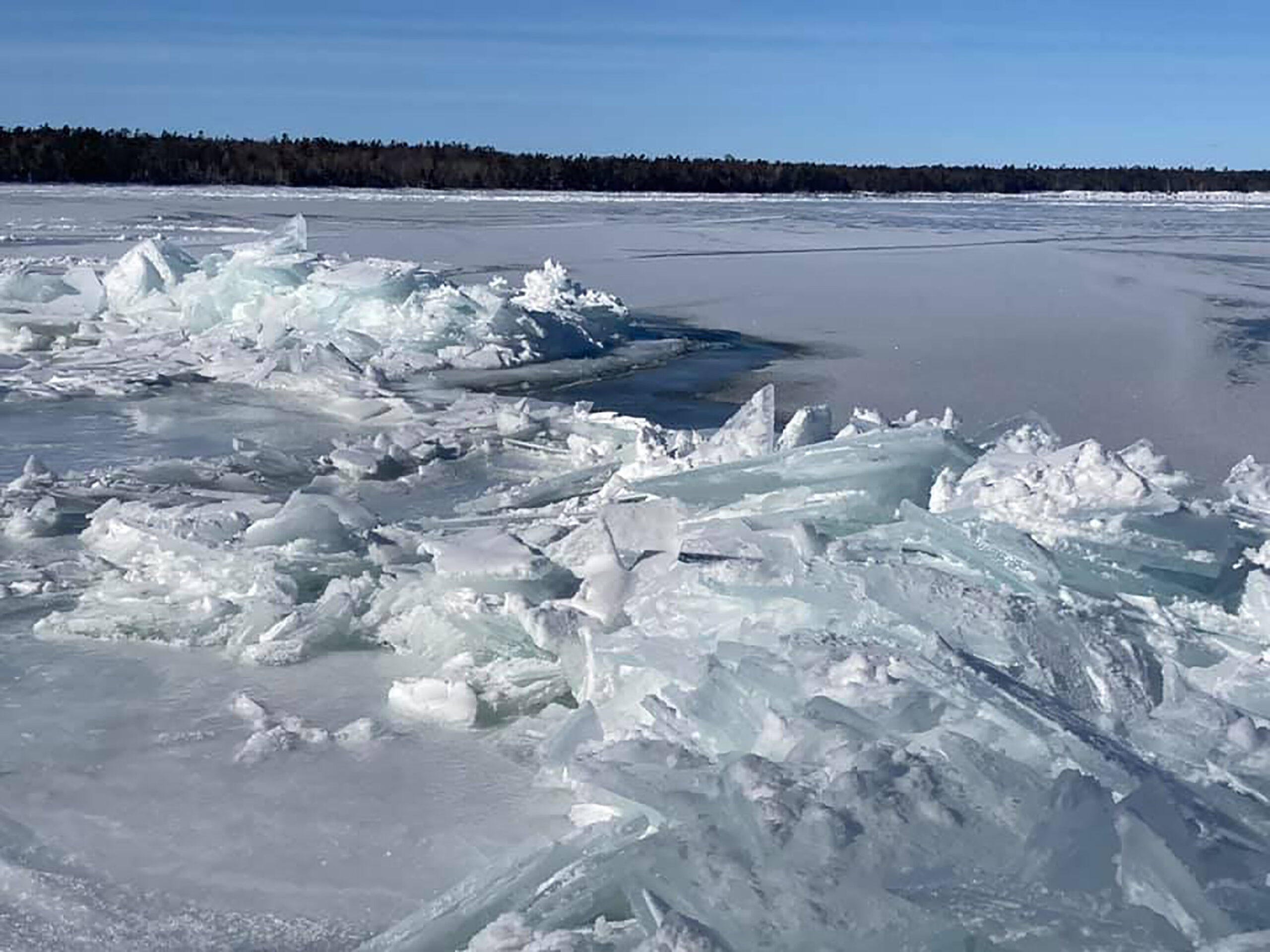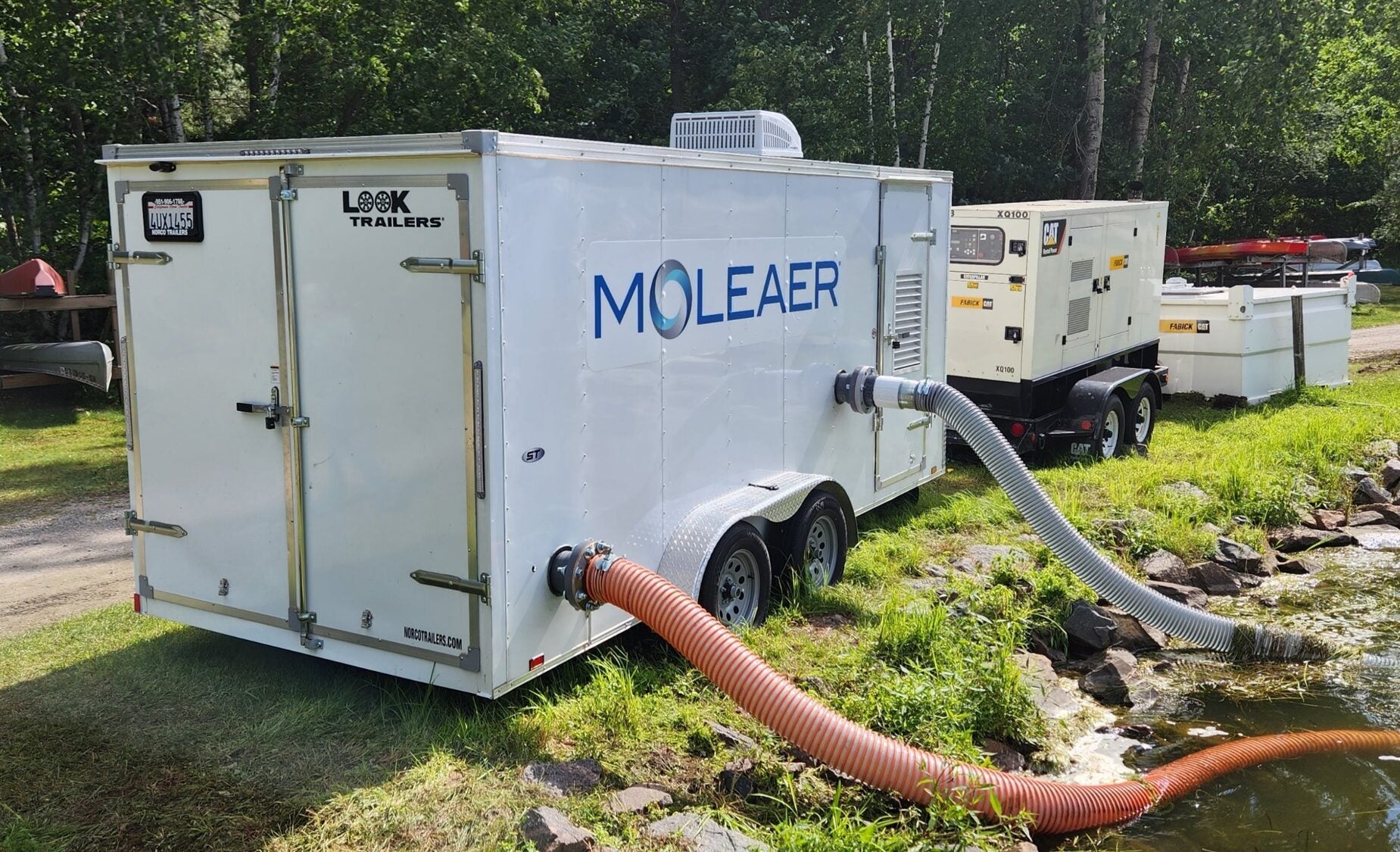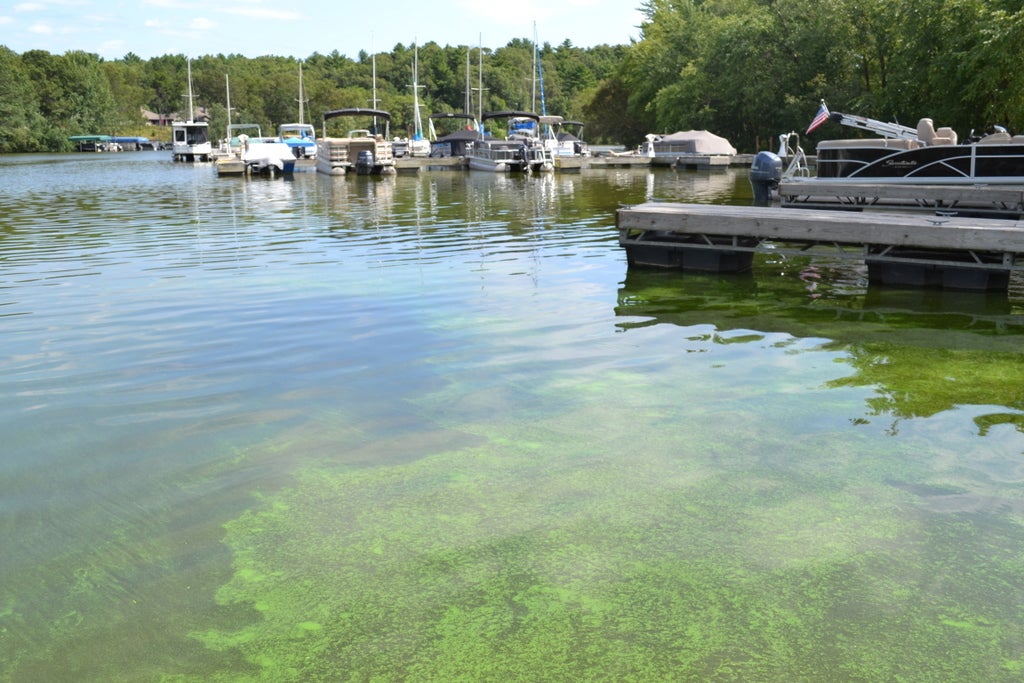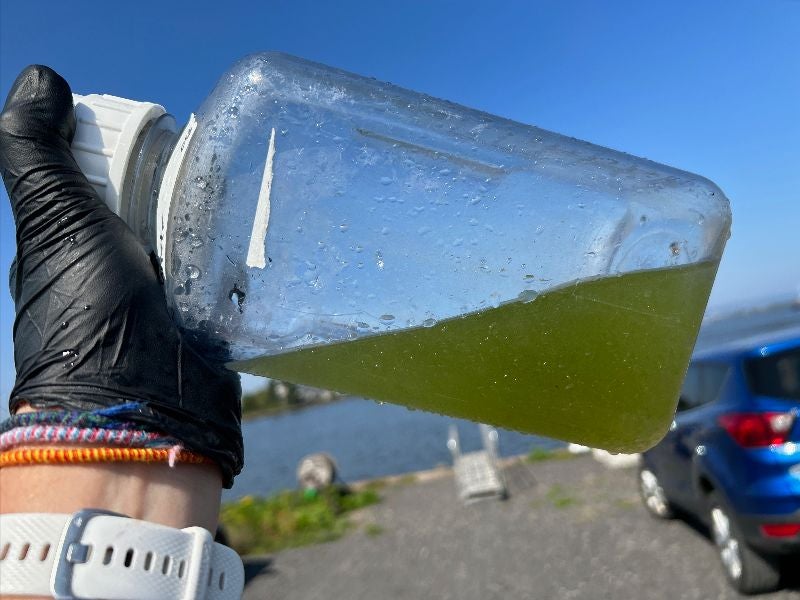2020 is shaping up to be another ample year for cyanobacteria blooms on Madison area lakes. Several blooms formed as early as June 3 on Lake Mendota and Lake Waubesa.
Cyanobacteria blooms need three things to form — heat, nutrient runoff and direct sunlight — and the late spring weather delivered.
While it’s earlier than usual for the bacteria to appear, it’s not unheard of to see the blooms appear in late May and early June, said Jennifer Lavender Braun, microbiologist at Public Health Madison and Dane County.
News with a little more humanity
WPR’s “Wisconsin Today” newsletter keeps you connected to the state you love without feeling overwhelmed. No paywall. No agenda. No corporate filter.
“Some of those significant rainfall events followed by that really warm weather, it’s just the perfect combination,” she said. “They’re very similar to a plant, if you give them a lot of nutrients and a lot of sunlight, they flourish.”
According to predictions from the University of Wisconsin-Madison, 2020 is expected to have higher than average levels of cyanobacteria (also known as blue-green algae), Braun said.
But those predictions can easily change, she continued.
“It’s kind of like the weather forecast,” Braun said. “It’s not something that we’re holding to, but they do tend to be a fairly good predictor … and they do predict that we might see some significant blooms over the course of the season.”
Since the first blooms were spotted on Lakes Mendota and Waubesa, Lake Monona has also seen its first. Only one beach closing has been reported so far at B.B. Clark Beach on Lake Monona’s north shore.
Beach openings got off to a slow start this year because of the coronavirus outbreak, but Braun says they’re anticipating more people taking advantage of the beaches as pools potentially stay closed.
Braun says beach goers should pay close attention, as conditions can change very quickly.
Cyanobacteria is toxic — particularly to children and pets — when absorbed through the skin, inhaled through the air or swallowed, according to the Wisconsin Department of Natural Resources, which refers to the bacteria as “pond scum.”
Once a bloom forms, there’s nothing to do but stay away and wait it out, said Adam Sodersten, marketing and communications director at Clean Lakes Alliance.
“The things that dissipate it are wind — it can’t form on choppy water — and the same problem that causes it also helps get rid of it. If you get rain, that will also bust it up,” he said. “Sometimes it’s for days, sometimes just an afternoon … there’s no real timeframe, unfortunately.”
One pound of phosphorus can create up to 500 pounds of cyanobacteria, Sodersten said. Cities, farmers and homeowners have improved at preventing runoff, but higher levels of phosphorus are still making their way into the lakes. Sodersten said that’s due to climate change.
“We’re getting more intense rainstorms and we’re having warmer winters, subsequently warmer springs, so all that stuff has been moved up,” he said. “Historically we’d say we don’t usually see these lake-wide cyanobacteria blooms happening until July, or maybe late July. Now it’s June we’re seeing them, and sometimes in May.”
Wisconsin Public Radio, © Copyright 2026, Board of Regents of the University of Wisconsin System and Wisconsin Educational Communications Board.
